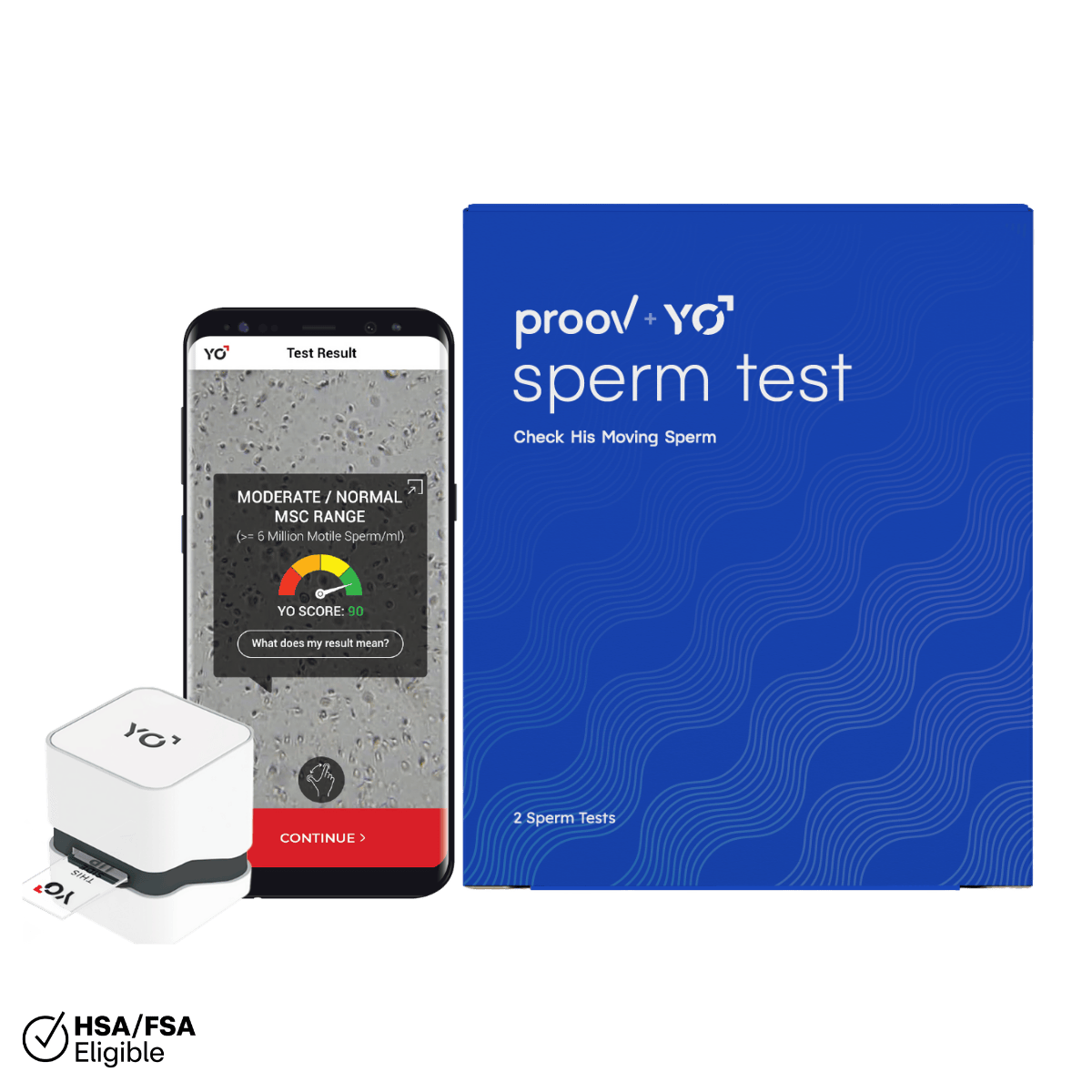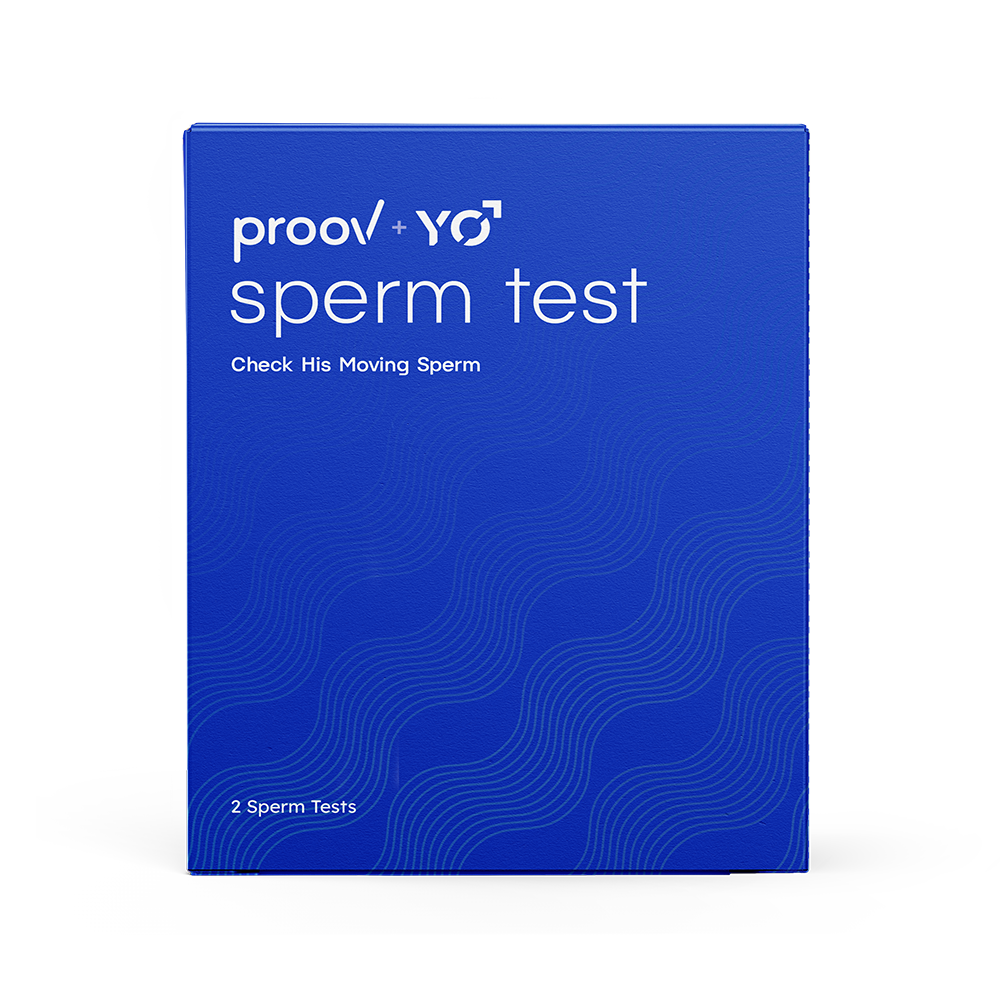Ah, periods. We all get them and, for some of us, they’re no big deal. But others may experience unwanted symptoms, such as premenstrual syndrome (PMS), cramping, and spotting.
While spotting before a period is common (raise your hand if this applies to you!), it may actually be a sign of a hormonal imbalance or other condition. Ever wonder why you’re spotting before your period? Keep reading to learn more!
How do I know if I’m spotting before a period?
First and foremost, let’s define “spotting” so we’re all on the same page. Spotting refers to any light bleeding before period and outside your normal period flow. So if your period was supposed to start on say a Monday, you may experience some drops of blood starting on the Saturday or Sunday before.
Typically, spotting is so light that it’s not nearly enough to soak a pad or pantiliner, although still noticeable. You also may only notice it when you wipe.
While spotting can be bright red, similar to your typical flow, it often is pinker or sometimes brown. It can be a little different for anyone!
Regardless, if you notice light bleeding leading up to your full on period flow, we’d consider this spotting.
Why am I spotting before my period?
Unsurprisingly, there are many reasons you may experience spotting before a period. However, the most common reason is hormonal imbalance spotting before period.
As you may know, reproductive hormones regulate our menstrual cycle (think estrogen and progesterone). In order to have a regular, healthy cycle, these hormones need to be in balance. This means they need to be present in sufficient amounts during specific parts of your cycle.
Right before your period begins, progesterone is supposed to be high. If you were to get pregnant that cycle, progesterone would remain high throughout pregnancy.
If you didn’t get pregnant however, your brain senses this and knows it’s time to start your next period. To do this, it sends a signal to your body telling it to stop producing progesterone.
When progesterone drops, this causes your uterus to shed its lining. Basically, a drop in progesterone starts your period.
If, however, your progesterone levels begin to drop before they’re supposed to (meaning before your brain decides it’s time to start the next cycle), your uterine lining may start shedding a little early. A premature decline in progesterone levels — also known as an imbalance — can cause spotting before your period.
Believe it or not, low progesterone levels leading up to your period may be responsible for a wide array of symptoms, including PMS, cramps, and breast tenderness. You can experience low progesterone at any point in your life, though it may become more prevalent as you transition into perimenopause.

So how do I know if I have low progesterone?
While spotting and other period symptoms may be a good indication of low progesterone, the only way to know for sure is via hormone testing. The good news is that you can test your levels right from the comfort of home!
Proov Confirm is the first and only FDA cleared PdG test kit to confirm successful ovulation at home. PdG is a marker of progesterone found in urine and can give insight into your levels leading up to your period.
A “successful” ovulation refers to an event in which ovulation occurs and PdG levels remain elevated for an adequate amount of time leading up to your period. Specifically days 7-10 past a positive ovulation test strip.
Ideally, we like to see positive PdG results during that 4-day testing window. However, if you start getting negative results on days 9 or 10 past a positive ovulation test strip, this could be a sign that your PdG levels are dropping just a little too early. If negative PdG tests come with some spotting, you’ve likely found the culprit.
What can I do about spotting before my period?
Not to worry! Raising progesterone levels is often really simple. While we always recommend taking your test results to your doctor and discussing specific concerns with them, there are some natural, at-home methods to improve progesterone levels.

Here are a few of our favorites:
Diet and lifestyle changes
Try incorporating foods like spinach, beans, pumpkin, and kale (among others!) into your diet to help support progesterone production. Additionally, it’s important to maintain moderate movement, get good sleep, and manage stress — we know, easier said than done — in order to promote a healthy hormone balance.
Seed cycling
Probably the most delicious way to balance your hormones, seed cycling involves eating certain seeds during certain phases of your cycle in order to promote a healthy hormone balance. Pumpkin and flax seeds during the first half of your cycle promote estrogen production, while sesame and sunflower seeds during the second half of your cycle promote progesterone production. Anecdotal evidence suggests that seed cycling can help reduce symptoms of PMS.
Herbal supplements
There are plenty of supplements on the market targeted towards reducing PMS symptoms and spotting few days before period. Our advice is to look for supplements that contain vitex, maca, and ashwagandha, but only recommend use during the second half of your cycle. Using these herbals at the wrong time or all cycle long can do more harm than good.
Not sure where to start? Our Pro Herbal Supplement includes all three of these key herbals and recommends use only during the last few weeks of your cycle to ensure you’re getting the right herbals when you need them most.
Spotting before a period is common, but the good news is that there’s often a simple fix.












